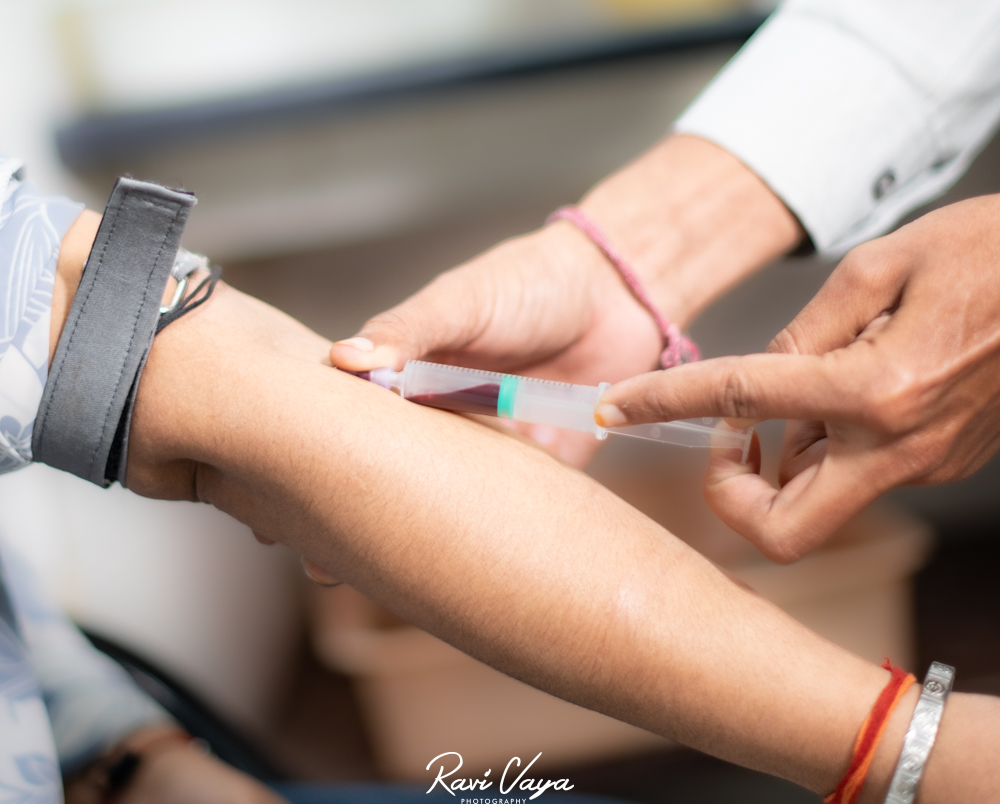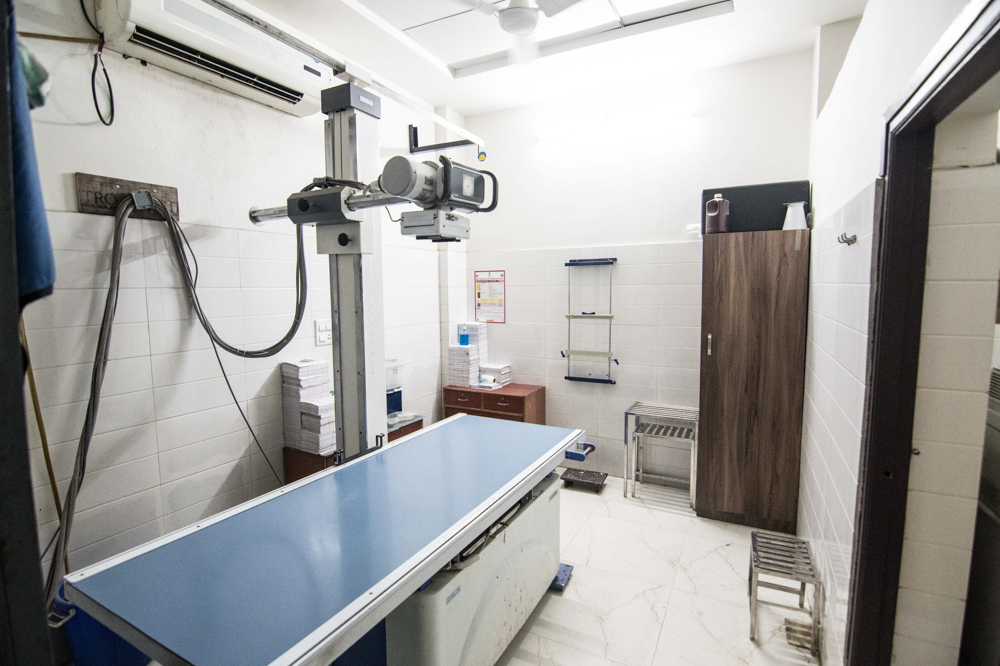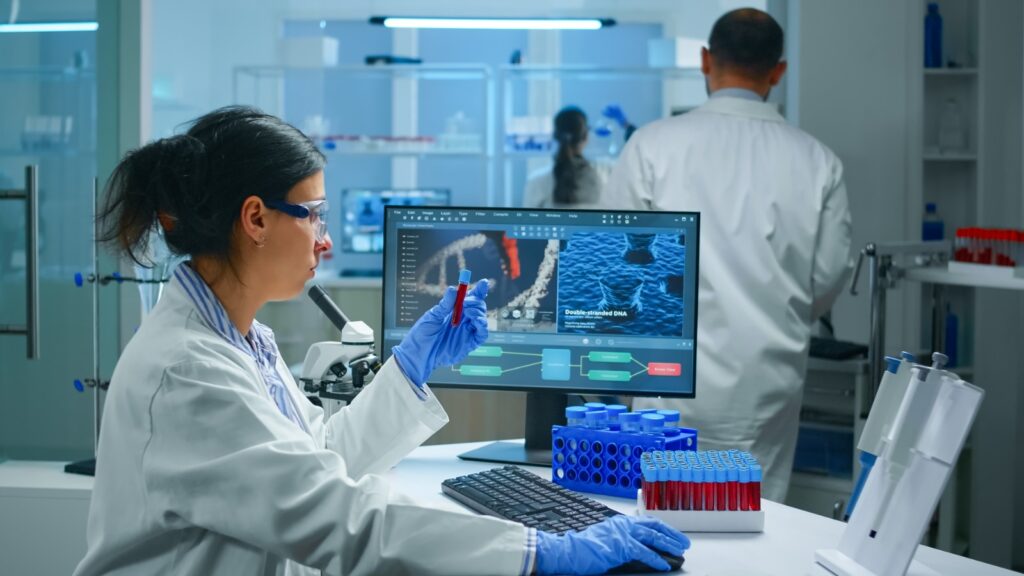Mammography is a specialized imaging test that uses low-dose X-rays to detect early signs of breast cancer and other breast conditions. Often recommended for women beginning at age 35 or 40, mammography can help in the early detection and treatment of breast health issues. But why is this test typically recommended starting around the age of 35? Here’s a closer look at the reasons behind this age guideline and the importance of regular mammograms.
1. Age-Related Risk Factors for Breast Cancer
The likelihood of developing breast cancer increases with age, making regular screenings more essential as women grow older. By age 35, many women begin to experience cellular changes in breast tissue that can potentially develop into cancer over time. Early mammograms can identify these changes, enabling treatment at an earlier, more manageable stage.
Key Points on Age-Related Risks
- Breast cancer risk rises significantly after age 30, with a steeper increase after age 40.
- Early detection at 35 can help in identifying at-risk women before symptoms appear.
- Early screenings contribute to more successful treatment outcomes.
2. Detecting Cancer Before Symptoms Appear
One of the major advantages of mammography is its ability to detect abnormalities before they become symptomatic. By age 35, mammograms can help detect small tumors or other issues that may not yet be causing noticeable symptoms, which is crucial for early intervention and effective treatment.
Benefits of Early Detection with Mammograms
- Catching cancer early can improve survival rates.
- Early treatment can often be less aggressive and more effective.
- Detection before symptoms can lead to less extensive surgery and treatment.
3. Breast Tissue Density and Age
Younger women often have denser breast tissue, which can make abnormalities harder to detect through imaging. By the age of 35, breast tissue typically begins to change, allowing for more accurate mammogram results. For this reason, doctors may recommend beginning routine screenings at this age to ensure abnormalities are easily detected.
Why Density Matters
- Dense breast tissue can hide tumors, making mammography harder to interpret.
- Changes in density make it easier to spot issues in women 35 and older.
- Knowing tissue density can guide personalized screening plans.
4. Balancing Screening Benefits and Radiation Exposure
Mammography uses low-dose X-rays, so doctors weigh the benefits of early detection against the potential risks of radiation exposure. By starting screenings around 35, the benefits of early detection typically outweigh the minimal risks associated with radiation, especially for those with higher risk factors.
Safe Screening Practices
- Low-dose X-rays ensure minimal radiation exposure.
- Starting at 35 is considered a safe balance of early detection and low radiation.
- Additional screening frequency is based on personal and family medical history.
5. Family History and Genetic Factors
Women with a family history of breast cancer or genetic predispositions (such as BRCA1 or BRCA2 mutations) are often at higher risk. For these individuals, mammograms may be recommended starting at age 35, or even earlier in some cases, as a preventive measure to monitor breast health closely.
Why Family History Matters
- Early screenings for those with family history improve early detection rates.
- Monitoring genetic factors aids in personalizing breast health management.
- Family history may increase screening frequency after age 35.
6. Establishing a Baseline for Future Mammograms
A mammogram at 35 can establish a baseline image of the breast tissue. This initial image provides a comparison point for future screenings, making it easier to detect subtle changes over time. Establishing this baseline is especially helpful in spotting new developments or unusual changes early on.
Importance of Baseline Imaging
- Detects changes over time by comparing current and past images.
- Helps track any development of irregularities or growths.
- Supports personalized monitoring and preventative care.
7. Health Guidelines and Screening Recommendations
Health organizations generally recommend that women begin mammography around age 40; however, women at higher risk or those seeking proactive care may start at 35. At Dr. Vayas Lab, our approach to mammography balances professional guidelines with personalized care, offering tailored recommendations for each patient.
Screening Guidelines Summary
- Routine screenings typically begin between ages 35 and 40.
- Screening frequency depends on age, family history, and risk factors.
- Customized screening plans are recommended for each individual.
In conclusion, mammography after age 35 is a proactive step in maintaining breast health and detecting potential issues early on. At Dr. Vayas Lab, we’re dedicated to providing safe, thorough mammogram screenings to support our patients’ health and peace of mind. Regular mammograms, especially for women with increased risk factors, are an invaluable tool in the fight against breast cancer.




